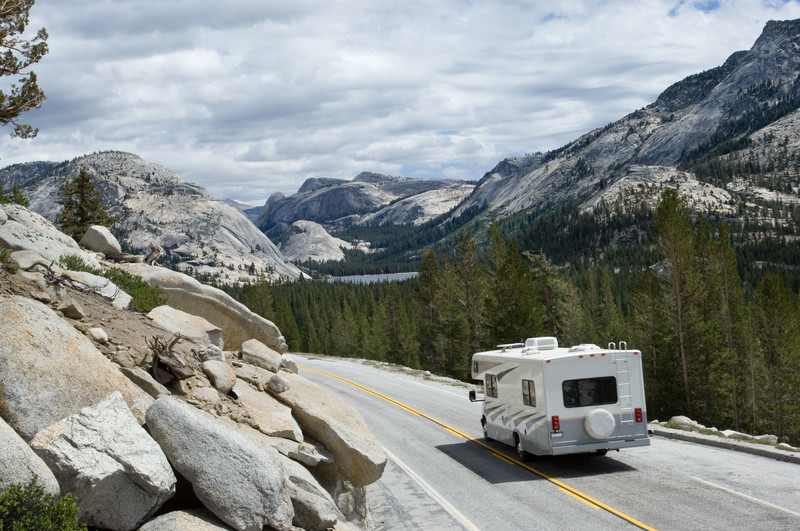Self-driving or driverless vehicles may sound like something from a sci-fi movie, but they’re not. They’re truly a possibility for future technology, and some automakers are working to make them a reality as well. However, there’s a misconception that only cars and trucks will be driverless.
Driverless technology is being applied to other types of vehicles, including and especially RVs or motorhomes. In fact, RVs were some of the first vehicles to have the self-driving technology applied to them.
Mercedes-Benz Has Created a Prototype Motorhome
In 2014, Mercedes-Benz introduced the Future Truck 2025 at the 65th International Motor Show in Hanover, Germany. During the show, the Future Truck 2025 operated in driverless mode with a person in the driver’s seat. It drove for three miles on the A14 motorway at normal autobahn speeds. The driver didn’t touch the steering wheel during this test drive and actually moved his seat away from the steering wheel to take notes. This proved to the audience that the vehicle was steering on its own.
This vehicle is aptly named “Future Truck 2025” because the automaker has plans on bringing it to the market by 2025. However, first, they must wait for laws to be enacted that will allow autonomous vehicles to share roadways with human-controlled vehicles.
Self-Driving Vehicles Feature Familiar Yet Advanced Technology
Several technologies can be found in the self-driving motorhome that allows it to perform autonomous operations. The Highway Pilot is a system embedded in these Mercedes-Benz’s allows the driver to switch it to autonomous or hands-free mode. To allow the vehicle to self-drive alongside other vehicles, the Highway Pilot uses vehicle-to-vehicle communication via Wi-Fi, short range and full range radar at the front and lateral radar on both sides.
The Wi-Fi has a range of 1,640 feet, the short range and full range radar have a range of 230 and the lateral radar has a range of 197 feet. This Wi-Fi and radar is also used to communicate with other vehicles to prepare for upcoming traffic jams or construction. Driverless motorhomes also have a front camera mounted underneath the windshield. Additionally, the motorhome has all of the creature comforts found in other luxury motorhomes, such as shiny wood floors, touch panels, ambient lighting and enough space for a family to live and relax in.
Driverless Vehicles Have a Promising Future
Currently, it seems that self-driving vehicles have a bright future. If developments continue to expand as they currently are, then autonomous RVs could become a reality even before 2025. The year 2016 saw the introduction of assisted driving vehicles, hands-free self-driving vehicles will be available by 2018, automated driving vehicles should come on to the market by 2021 and fully autonomous vehicles should be available by 2025. However, this is a rough timeline, and fully self-driving vehicles could come onto the market sooner than that.
Once upon a time, self-driving vehicles seemed like a far-fetched, space-aged dream, but now it’s obvious that not only are they possible, they’re going to happen. Lots of work remains before the technology can fully come onto the market, but improved assistance systems will continue to develop. These systems will allow vehicles to communicate with one another to ensure safe operation during traffic situations. However, this is just the first stage of autonomous technology, which is advancing at an incredible rate. So incredible, that in less than ten years, the world will be saying “hello” to its first self-driving motorhome.
We specialize in financing RVs, motor homes, boats, and more. Contact Southeast Financial today for all your financing and insurance needs.


